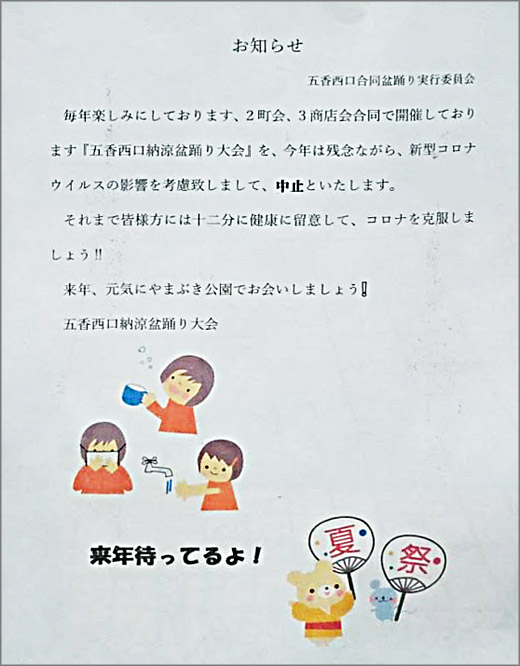ウェスタンブロッティング/免疫蛍光染色/免疫沈降/ChIPに使用可能

| Form |
Lyophilized powder |
| Amount of material | 2 x 100 μl when reconstituted |
| Validated applications | WB, IF, IP, ChIP |
| Species reactivity | All |
| Host/Isotype | Mouse/IgG2b |
| Clone | 3C6.08.20 |
| Cat # | AAC01 |
Western Blot using Acetyl Lysine Antibody
Cytoskeleton's Anti-Acetyl Lysine Antibody Cat. # AAC01 recognizes 10 ng of chemically acetylated BSA and is comparable in sensitivity to other commercially available antibodies. Unlike other Anti-Acetyle Lysine antibodies this antibody does not show cross reactivity with non-acetylated BSA.

Immunoprecipitation using Acetyl Lysine Antibody
Ability of AAC01 to IP histones was compared to other commercially available antibodies. Cytoskeleton's Anti-Acetyl Lysine Antibody provides clear advantages for IP applications. Each tube is sufficient for approximately 20 IP assays.
 Immunofluorescence using Acetyl Lysine Antibody
Immunofluorescence using Acetyl Lysine AntibodyHuman epidermoid carcinoma A431 cells, untreated (left) or treated (right) with TSA (5 mM for 12 h), were stained as described in the method. Acetylated cytoplasmic and nuclear proteins were visualized in green fluorescence. Note that in contrast with the untreated control, acetylated microtubule network is clearly visible in TSA-treated sample. The fluorescent nuclear intensities indicate the high abundance of acetylated proteins in the nucleus.
 ChIP using Acetyl Lysine Antibody
ChIP using Acetyl Lysine AntibodyChromatin was prepared from A431 cells, either untreated or TSA-treated (5 mM, 4 hrs). Briefly, cells were fixed with 1% formaldehyde for 10 min and enzymatically-sheared chromatins were immunoprecipitated by using anti-acetyl antibodies (1:100 dilution). The promoter region of housekeeping gene GAPDH was amplified by a primer pair and PCR products were analyzed by 2% agarose gel-electrophoresis.



















